How to budget for your new family kitchen
Haven't got a scooby how much a new kitchen will cost? Not sure where to spend and where to save? Read our essential guide to budgeting for your dream family kitchen
You’ve seen THE kitchen on Instagram or Pinterest – you’ve saved the pic, dreamed about it (without the inevitable mess and sticky fingerprints that comes with actually living in it with small humans) and now you’re actually thinking about doing it. But how much is it going to cost in reality?
Kitchens are probably one of the biggest investments you’ll make aside from buying the house itself so it’s a big deal. It’s also important not to get carried away with the dream kitchen if it’s WAY outside your budget. Our guide can help you get a rough sense of what it might cost, the factors that can ramp up the budget, and how to spend your hard-earned cash wisely.
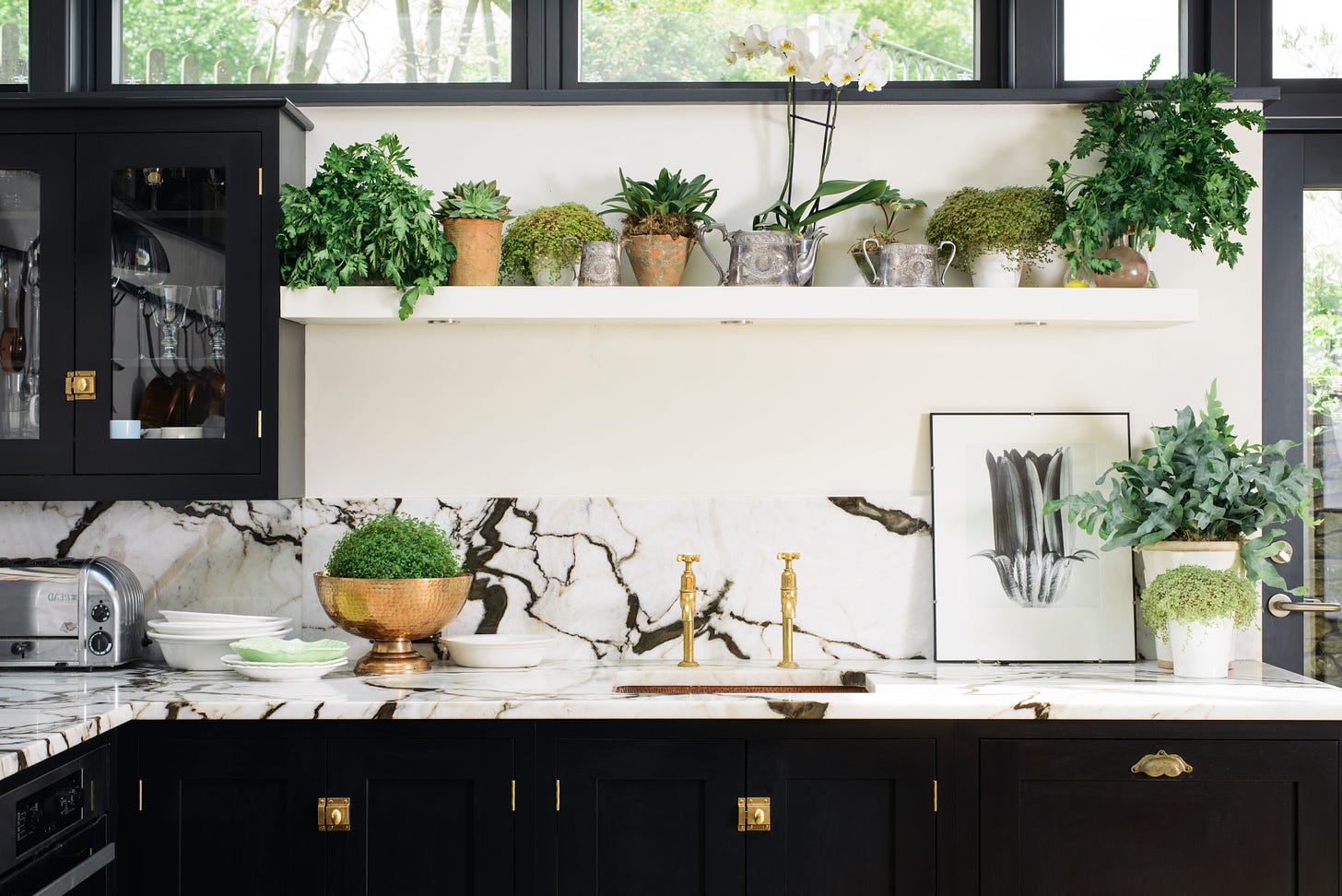
Start with a ballpark figure I know… how long is a piece of string right? It’s a tough one to call, but if you’re really unsure, a good rule of thumb is that a good-quality kitchen will cost around 5% of the value of your home – that should be split into around 30-35% on cabinetry, 15-20% on worktops, appliances and installation costs respectively and 3-5% on the sink and taps.
Decide if it’s your forever family home Just before you cough up the cash, it’s worth considering how long you plan on staying in your home – is it THE ONE? Or is it more a 5-year type of property that you might switch when the kids move schools? This should play a part in whether you invest in things like bespoke cabinetry or whether you spend a bit more on things you could take when you move, such as a top-quality fridge-freezer.
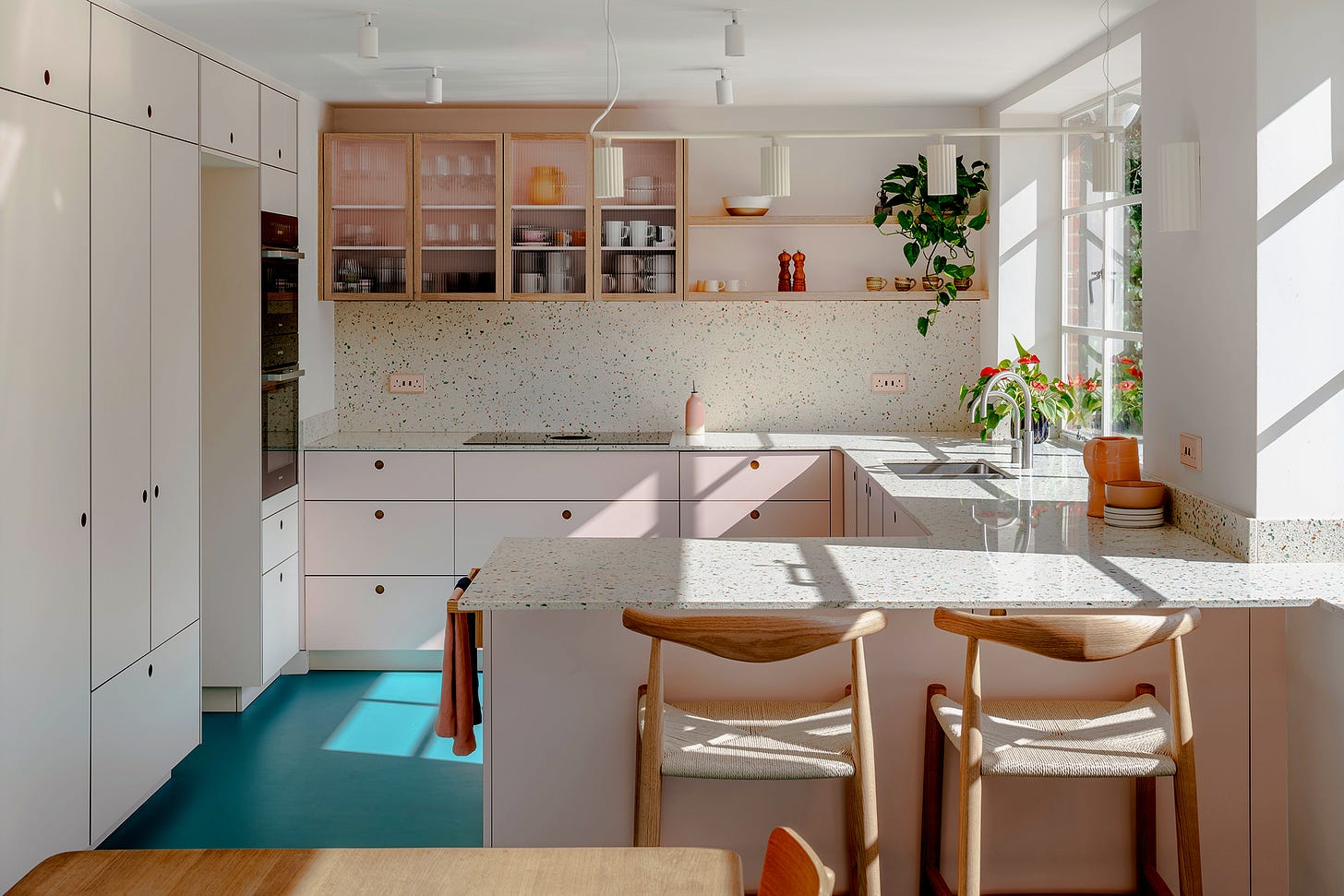
Draw up a wishlist Start to broadly prioritise what might be essential to your family’s design and what are ‘nice-to-haves’. Do you need a massive larder/pantry to cater for your brood’s raging appetites? Are you a keen chef or baker with a need for top-spec appliances for equipment and prep? Decide what’s most important and draw up your final wish list according to this.
Drill down into the design Once you’ve worked out your wishlist in order of priority, you can start to factor in other elements that will play a part in how much you spend. Drawers, for example, tend to cost around 20-30% more than just cupboards (but are also around 30% more efficient use of space), so it depends if it’s worth the spend – there are also plenty of hacks these days which you can retrofit later internally if budget is tight. Surfaces can be a good place to save, so consider pairing a statement splashback and worktops with affordable flooring or vice versa. Things like open shelving will help cut costs, plus surfaces can be a good place to save – you could spend on the worktops but go for a cheaper tiled splashback and more affordable flooring, for example. Think about the spec of your appliances too – choosing a lower-spec model from a top brand can help you save cash, and it’s worth considering discontinued or ex-display products online.
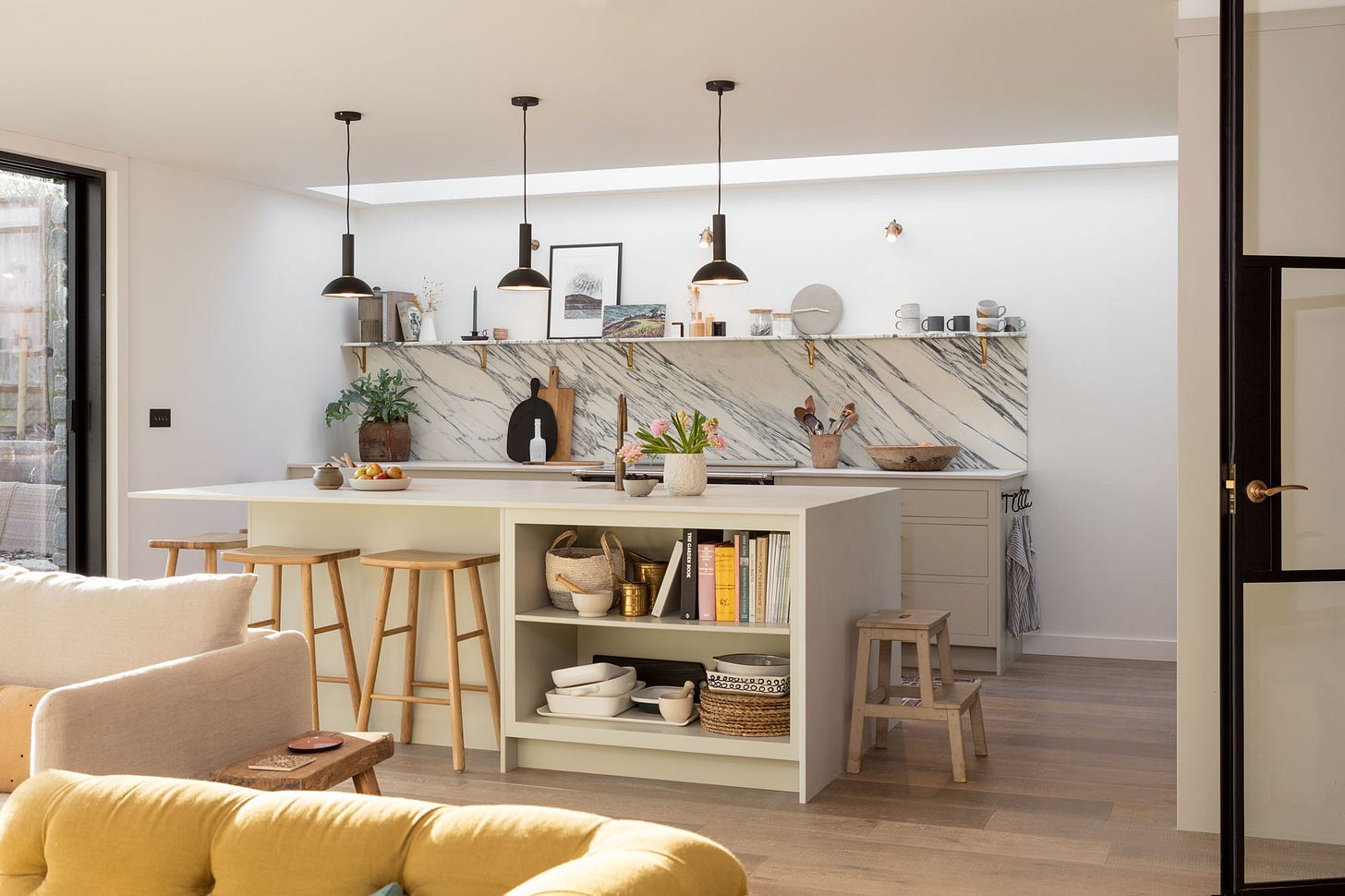
Don’t forget the labour costs Aside from the kitchen itself, there’s obviously going to be work involved to get the space primed for your new kitchen. This could potentially be the cost of the rip out and skip hire, any new glazing, electrical works, plastering and decorating, as well as tiling a splashback and installing flooring. Work out how much this may cost alongside your kitchen budget to reach an overall figure – it may mean you need to rethink the design and could impact where you source your kitchen from. If your kitchen project is part of a renovation rather than refit, as a rough guide, a single-storey extension will cost between £1,000 – £2,000+ per sqm, with a basic build at the lower end of the scale.
Shop around Obviously budget will have a huge part to play in determining where you source your kitchen from, but many companies should be transparent about their starting prices to give you an indicator of whether they’re the right fit for you. As a very rough guide, mass-produced high-street kitchens will cost anywhere between £10K-£30K (Wren, Magnet, Wickes etc) whereas hybrid, mid-range kitchens will cost around £20K-£60K (Tom Howley, Neptune, Harvey Jones, DeVOL), with truly bespoke handcrafted kitchens averaging £50-£150K (think Plain English, Smallbone of Devizes etc). Before drafting your shortlist of companies to approach, also ask friends and family for recommendations, as often smaller, local firms might get missed in favour of obvious big names.
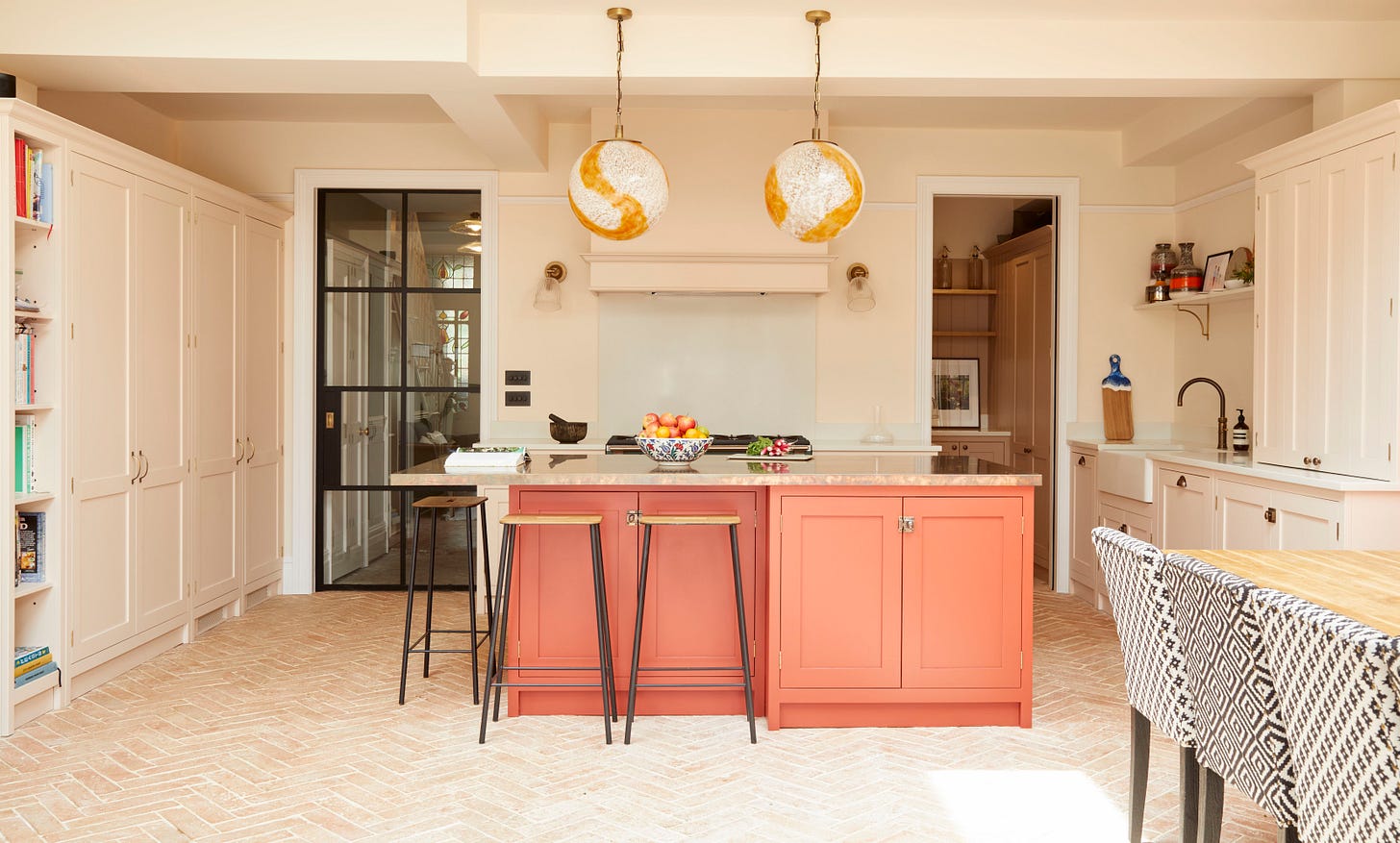
Double check your quote for hidden extras Once you’ve got some quotes back, always double check what’s actually included in the cost and whether the company will oversee the project from start to finish. Check for smaller parts of the overall work that can add up if they’re not factored in from the outset, including the cost of any additional fixtures, fittings or appliances. Once you’re comfortable with your choice and you’re ready to give your chosen company the go ahead, be prepared to pay an initial deposit – in some cases the supplier may ask for 50 per cent of the cost upfront.
Add in a contingency fund It’s wise to keep a contingency budget of around 5% of the total cost set aside for the almost inevitable unexpected additions and alterations that will come your way, while also allowing for a bit extra in the pot for things like takeaways, or perhaps even rent if it’s a large project and you’re planning on moving out while the work takes place.
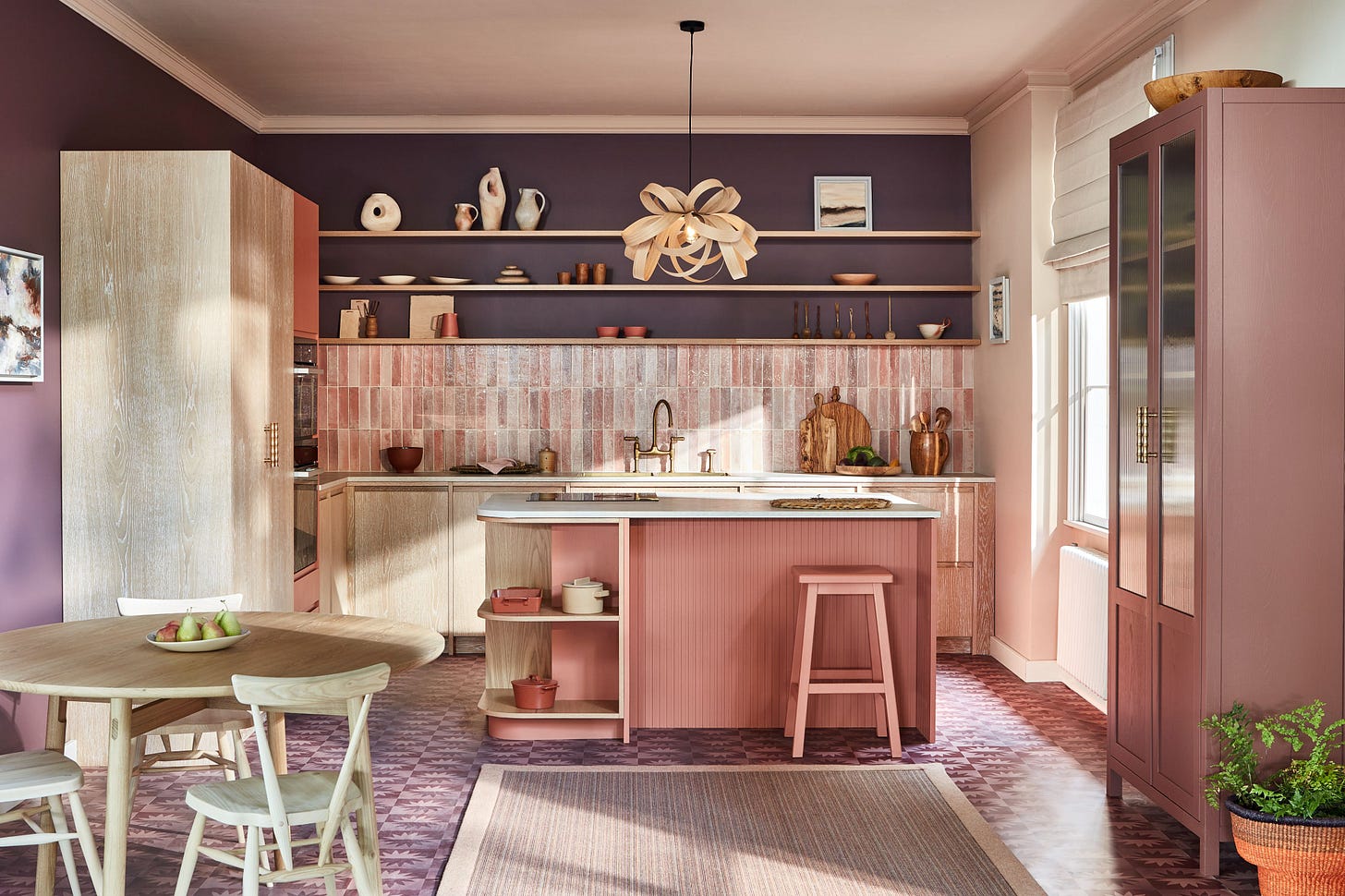
Looking for more kitchen advice? Check out our article on how to achieve a family-friendly kitchen design here and don’t forget to ❤️ this newsletter and let us know if you have any further questions by tapping on the comments button below.




